Recently achieving Institution Accreditation, Crossrail’s Monitored Professional Development Scheme (MPDS) is providing support to 15 Associate members as they work towards professional registration.
In April, Rhys Vaughan Williams CEng FIMechE FIET, Crossrail’s Head of Mechanical, Electrical and Public Health (MEP) Engineering, shared highlights from the graduate scheme with the Institution News team. He also arranged a site visit to the Bond Street station. The visit gave the team a rare insight into the mammoth scale and complexity of the project.
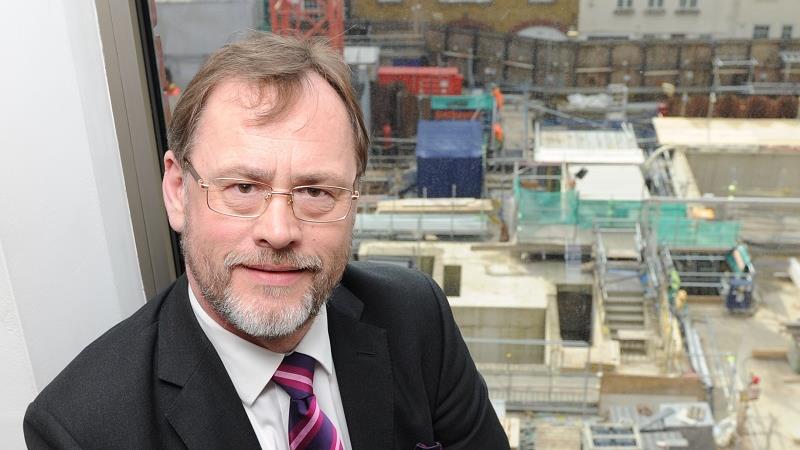
A Fellow of the Institution, Rhys (pictured above) oversees 30 other engineers working on the project in addition to the 15 graduates.
He explained: “I’ve always been passionate about engineering and promoting it as a profession. The graduate scheme will be a legacy alongside the railway itself.
“We think of it as a 120 year project. We’re trying to change the rail industry by bringing in more efficient technologies from other industries and equipping our engineers for the future.
“The graduates are on the steepest learning curve they will have come across – 20% of the staff on the project are from Crossrail the others are consultants. They are working with, and learning from, highly skills engineers and engineering technical directors from across the sector.”
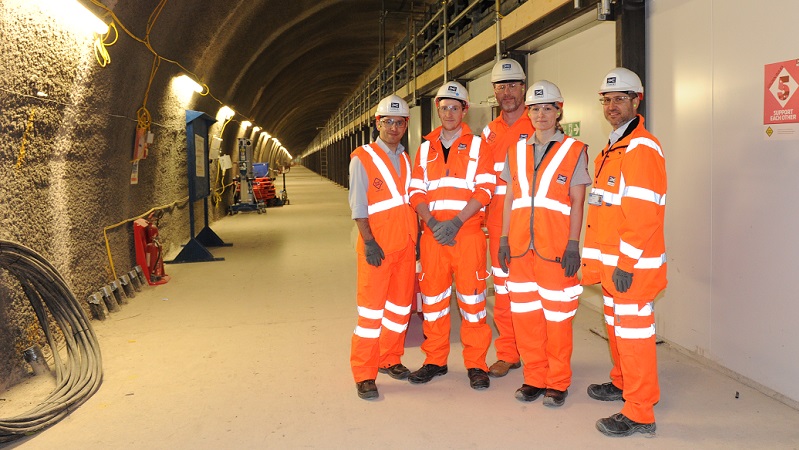
According to Rhys the graduate scheme was massively over-subscribed. “We were able to cherry-pick some very bright people,” he said.
“It’s as good a start as I could ever have imagined. They are really tested and have been problem-solving on site,” he added.
The engineers’ problem-solving skills have definitely been utilised in resolving the technical and logistical challenges posed by the integration of Crossrail into London’s existing infrastructure.
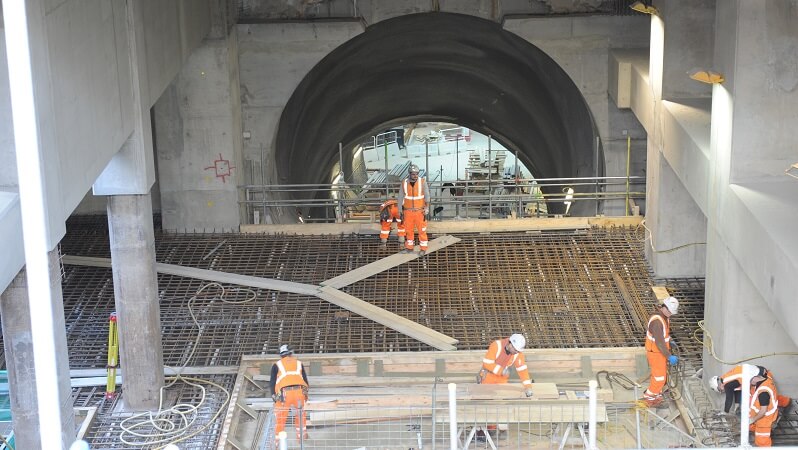
Rhys explained: “Making Crossrail all fit together is complicated. It’s a great big jigsaw puzzle. Liverpool Street was very complex - the original station was built in Victorian times. To accommodate Crossrail we had to upgrade and replace the power system for the Liverpool Street Underground Station and the Central Line track supplies.
“There is a lot of history in London, we don’t know what foundations buildings have and moving services such as sewers, data cabling and gas mains can be horrendously difficult.”
Increasing central London’s rail capacity by 10%, Crossrail’s tunnel boring machines (TBM) finished carving out the ‘marathon’ 26 miles of new tunnels last May. The spotlight has now shifted to the fit-out, demanding the skills of almost 9,000 people, including Rhys’ mechanical engineers.
The expertise the mechanical engineers bring to the fit-out phase is critical, overseeing the development, procurement and delivery of Crossrail’s ventilation, fire, lift and escalator, plant and equipment. According to Rhys, safety is their highest priority.
The colossal scale of the fit-out can be seen at Bond Street, where the gigantic underground platforms extend 250 metres into the distance and huge cavities for escalators sit waiting for the equipment.
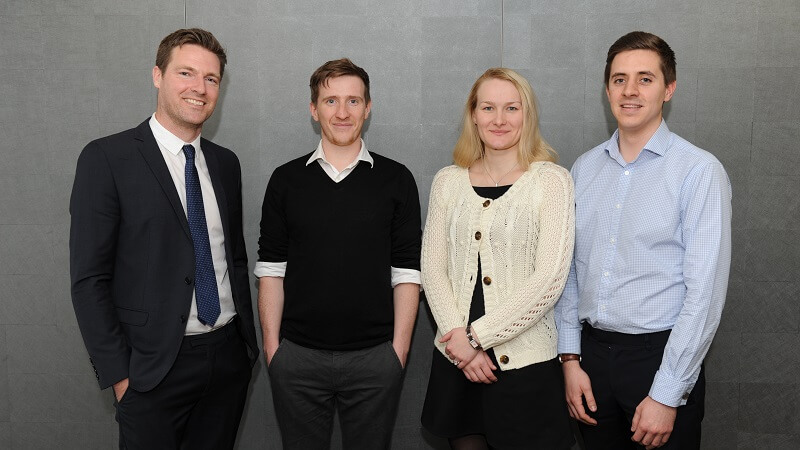
Graduate mechanical engineer, Navid Hojjati, said: “You don’t realise how big the Crossrail project is. You read about it in terms of figures and numbers, but when you work on the project and go on site you get a real appreciation for how huge it is.”
“MPDS helps you understand how you’re learning and developing. It’s a great platform. It shows you how much you’ve achieved and gives you a sense of direction.”
Graduate mechanical engineer Matthew Soul said: “In terms of learning, being on the graduate scheme at Crossrail has been massive. I turned up with a basic knowledge of civil engineering. It’s been a heavy learning curve getting on track with infrastructure, and also the railway and everything that goes around it.”
Graduate mechanical engineer, Harry Shone, said: "We've been on a steep learning curve. It’s been very interesting. I’ve been incredibly lucky to be involved in high-level discussions among designers, engineers and chief engineers. I’ve had access to their knowledge base.
“A highlight was working in the chief engineers group and learning about contracts and design assurance, which involves ensuring the functional requirements meet British standards.”

Whitworth Scholarship Award Holder and Lead Mechanical Assurance Engineer, Stephen Turley MEng CEng MIMechE, mentors three graduates on Crossrail’s MPDS.
Stephen commented: “Mentoring allows me to reinvest what someone has put into me. Mentoring is a responsibility of being Chartered, you need to push their boundaries, but you benefit from it as it increases your knowledge. It’s very satisfying.”
MEP Package Manager for Crossrail’s, Bond Street Station, Elena Elsaesser CEng MIMechE, said: “I’ve always enjoyed problem solving. To me, engineering is like a jigsaw puzzle, or trying to figure out how to get from A to B.”
“It’s been fantastic working on the biggest engineering project of its kind in Europe. When I left Germany, I hoped to work on a larger engineering project than I had before, and I certainly got it. Be careful what you wish for!”
“I became an IMechE member because of the recognition that comes with it. In Germany, the title engineer is protected, but that’s not so in the UK. Being a Chartered Engineer gives you more credibility, and proves that you’re capable of much more than fixing a boiler.”

Rhys added: “Claire Maycock from the IMechE has been wonderful and a constant resource. IMechE has been on call at all times and to help with MPDS mentor training, making sure they have the skills they need. IMechE provides a massive bank of knowledge.”
Institution Business Development Manager, Claire Maycock, commented: “This is a great scheme offering excellent opportunities to our future rail professionals.”
The next big milestone for the engineers is closing out the designs, overseeing the installations, then testing and quality inspecting.
Contact a Business Development Manager in your area to find out more about the Institution’s Monitored Professional Development Scheme (MPDS).
Visit the Crossrail website to find out more about the project.
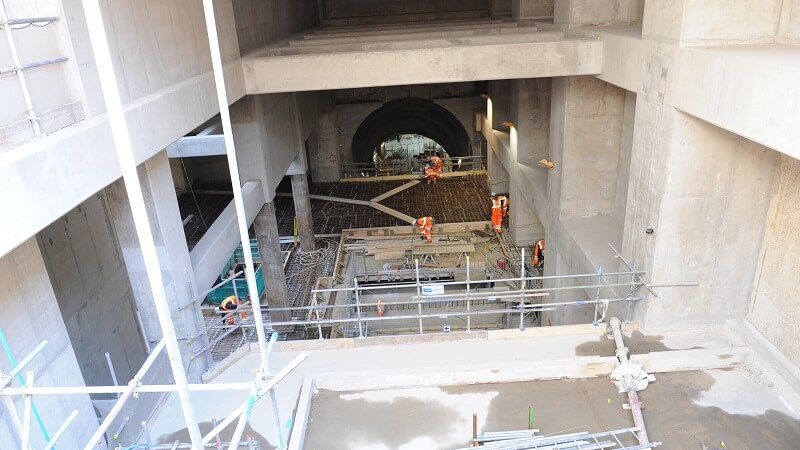
Crossrail milestones
Crossrail in numbers
- Crossrail is Europe’s largest construction project – work started in May 2009 and there are currently over 10,000 people working across over 40 construction sites.
- Over 100 million working hours have been completed on the Crossrail project so far.
- Crossrail will transform rail transport in London and the south east, increasing central London rail capacity by 10%, supporting regeneration and cutting journey times across the city.
- The Crossrail route will run over 100km from Reading and Heathrow in the west, through new tunnels under central London to Shenfield and Abbey Wood in the east.
- There will be 40 Crossrail stations including 10 new stations at Paddington, Bond Street, Tottenham Court Road, Farringdon, Liverpool Street, Whitechapel, Canary Wharf, Custom House, Woolwich and Abbey Wood.
- Crossrail will bring an extra 1.5 million people to within 45 minutes of central London and will link London’s key employment, leisure and business districts – Heathrow, West End, the City, Docklands – enabling further economic development.
- The first Crossrail services through central London will start in late 2018 – an estimated 200 million annual passengers will use Crossrail.
- Construction of the new railway will support regeneration across the capital and add an estimated £42bn to the economy of the UK.
- The total funding envelope available to deliver Crossrail is £14.8bn.
Visit the Crossrail website to find out more about the project.
Images by
Peter Luckhurst.